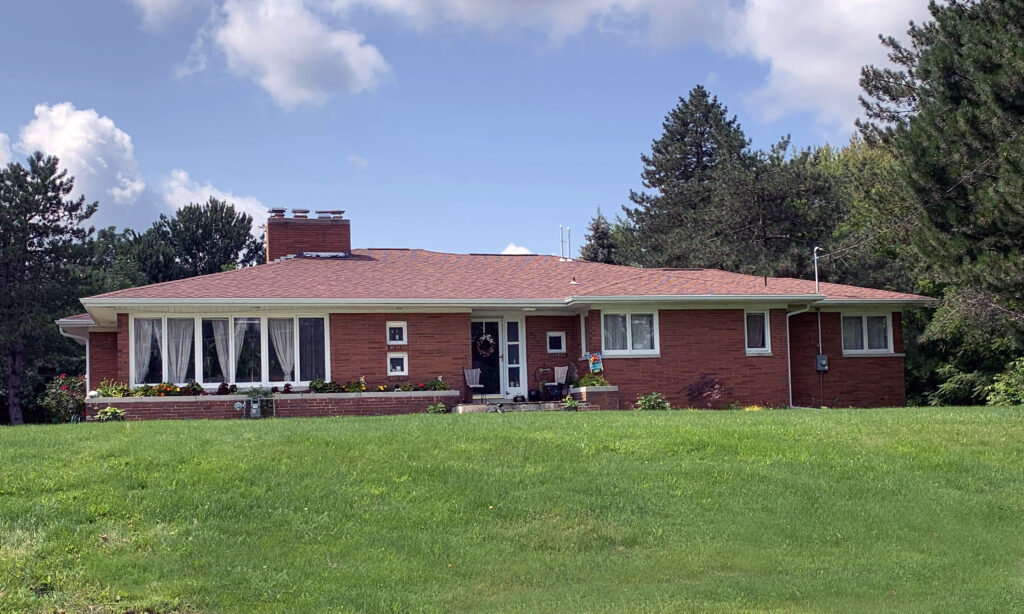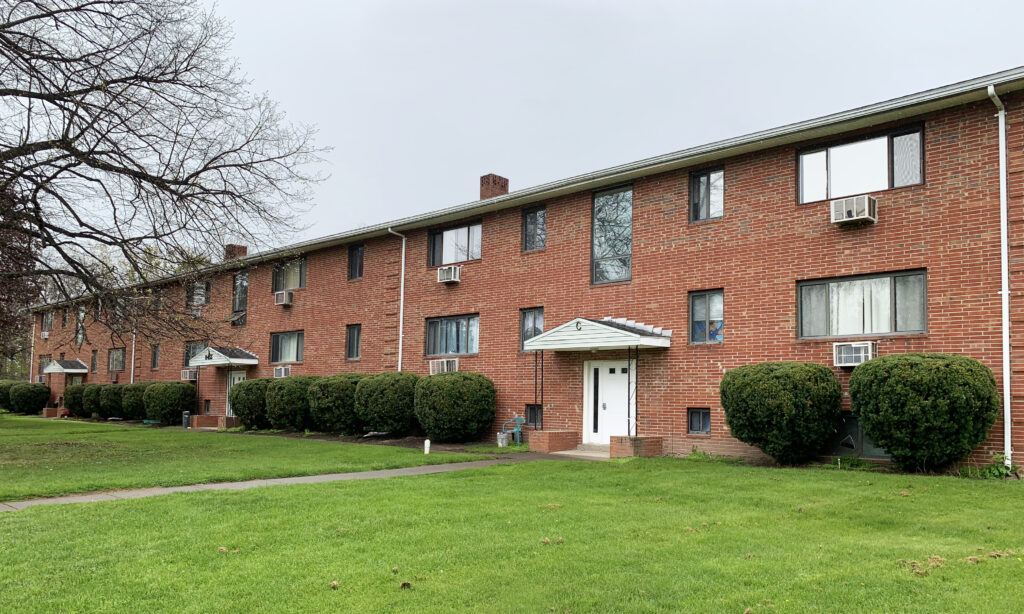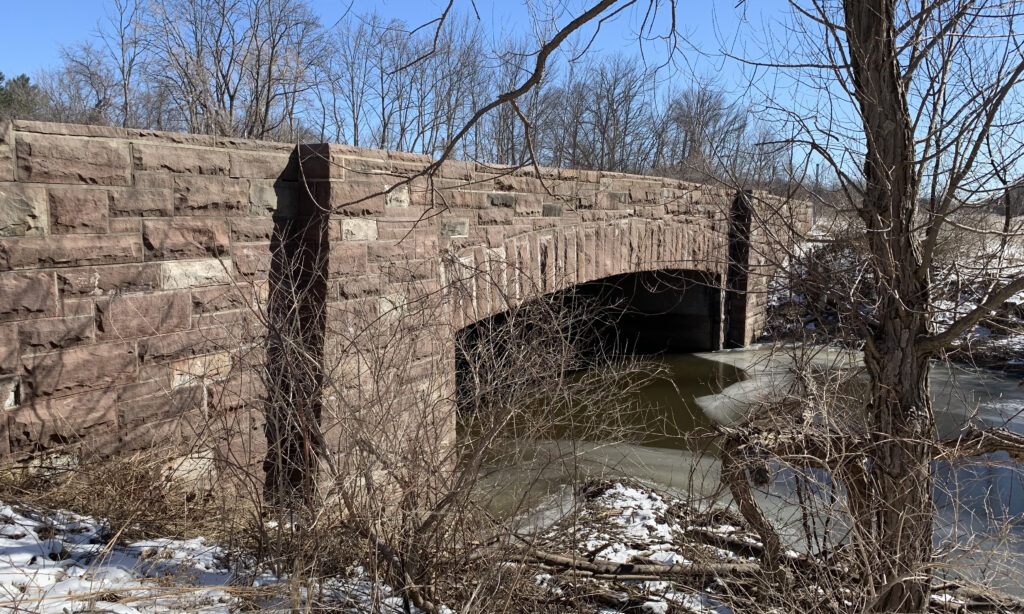A Legacy Deferred: The Architecture of Thomas W. Boyde, Jr. Project
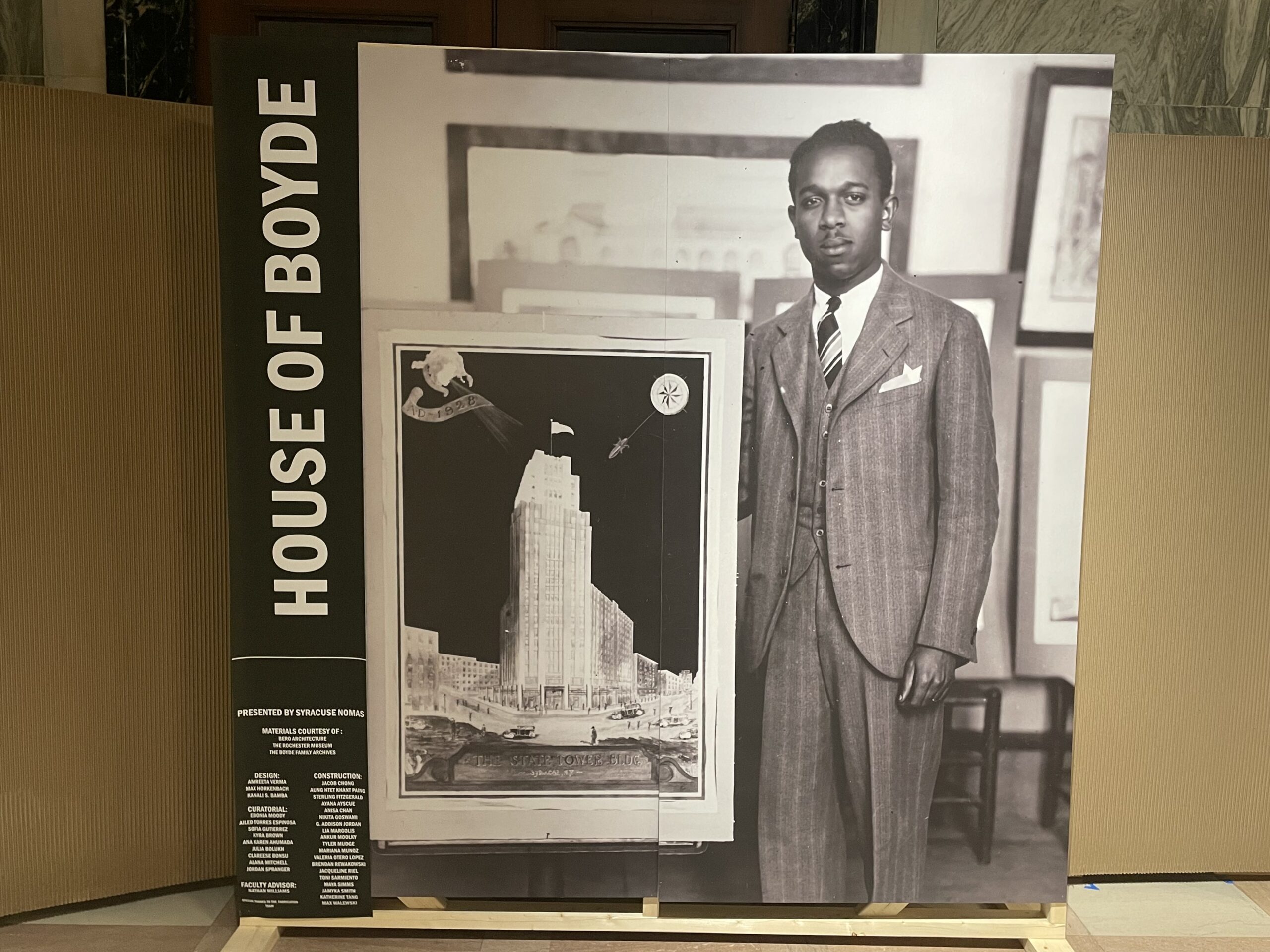
The Greece Historical Society (GHS) sponsored a Cultural Resource Survey of The Architecture of Thomas W. Boyde, Jr., Rochester’s first African American architect. The project was funded by grants from the Rochester Area Community Foundation, the Preservation League of New York State/New York State Council on the Arts (NYSCA), funding from GHS and individual donations.
The project involved online and in person research, oral history interviews, creation of a database of Boyde’s projects, photography, and a focus on Thomas Boyde, Jr. in the context of mid-20th century African American architects.
According to the Greece Historical Society website, “Thomas W. Boyde, Jr. was a prolific designer of Mid-Century Modern homes and businesses, but also did significant work designing buildings for economically disadvantaged communities. The survey will help identify Boyde’s built work which spans across Western New York, including several houses in the town of Greece, and bring new appreciation to the work of this supremely talented architect who left a remarkable legacy in the greater Rochester area.”
The Boyde Project team discovered so much more.
The project team included, Christopher Brandt, architect at Bero Architecture PLLC; Jeffrey A. “Free” Harris, independent historian and historic preservation consultant from Hampton, Virginia; Katie Eggers Comeau, Senior Architect and architectural historian at Bero Architecture; Gina M. DiBella, preservation consultant from Greece; Jenna Huizinga, Brighton Historian’s Office intern and SUNY Geneseo student; and Alexis Rivers, research assistant.
Architectural Historian, Katie Comeau’s focus was on the biography of Mr. Boyde, she said, “It was surprising how prolific he was. It goes beyond discovering his work on Monroe Community Hospital. On so many properties his role in the design was up in the air. To find out, and attribute, just how many properties he designed in the Rochester area, and beyond, was exciting.”
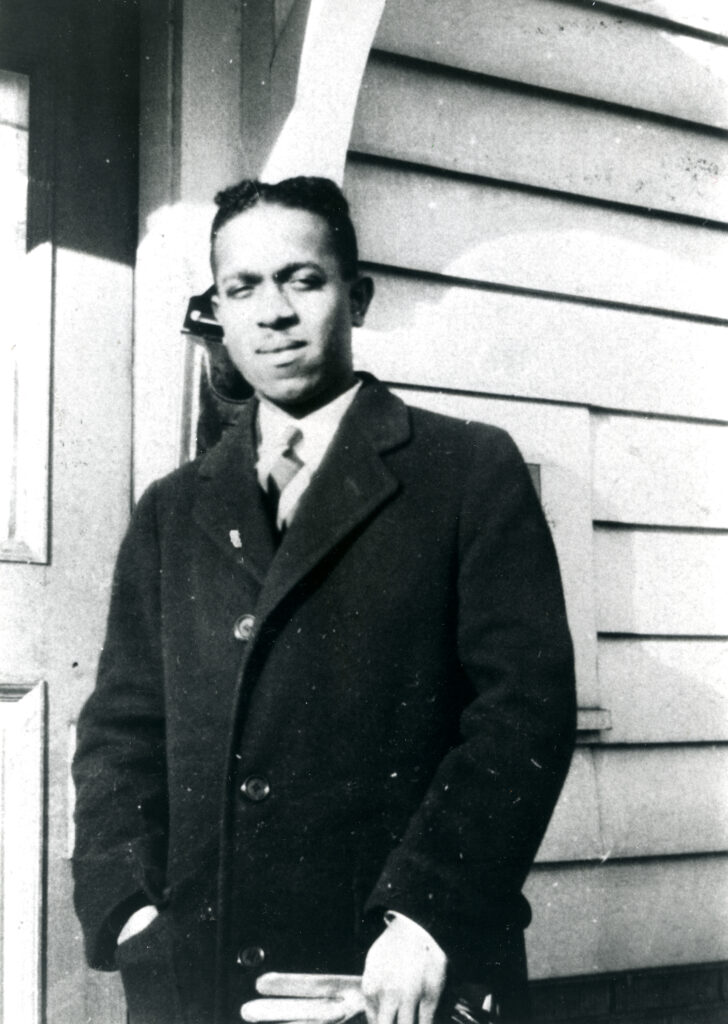
Thomas W. Boyde, Jr. was the first African American architect to graduate from Syracuse University. The year was 1928. “When you think about the rarefied world in the 1920s, as an African American, the obstacles faced in becoming an architect were extreme, getting into schools, and after, getting a job. Upon graduation, most African American professionals did work related to government projects. Some were entrepreneurs, some sought to open their own practice. It was a difficult task without work experience. At that time in history, there was an established network of connected African Americans professionals. Boyde was aware of his peers, and his peers were aware of what he was doing,” said Jeffrey “Free” Harris, independent historian and historic preservation consultant on the project.
The Project Team was very fortunate to have the cooperation of Boyde’s family in their research. Family members became a valuable source of many stories that pointed the researchers in the right direction. Some of Boyde’s archives were donated to the Rochester Museum and Science Center. These drawings were key to the study, and attribution, of Boyde’s work.
Architect Christopher Brandt conducted an extensive study of the archives. He said, “Our goal is to show Boyde’s career accomplishments. Much of his work was downplayed or omitted during his lifetime. His significant contributions were many times diminished. We found his influence, his reputation among clients, as well as the mutual respect contractors had for him, and the success of his private practice, all aspects defining Boyde’s architectural career. It was really exciting, and a fine moment, to be able to support and confirm what Boyde’s family have so long advocated for, that it was his design work on Monroe Community Hospital. Boyde’s aesthetic signature in drafting was evident in the renderings.”
“I had the opportunity to interview one of the employees that worked for Mr. Boyde in his private practice. She talked about how much his employees loved working with him. She described him as a patient man, a mentor and a professional. He was a detail oriented man, well dressed and meticulous in all aspects of his life and work. He was trained both as an architect and an engineer, working as both on many of his projects,” Katie Comeau said.
Boyde worked as a sole-practitioner, from 1947 to 1981, the year of his death. When designing single family houses, Boyde worked directly with the homeowners, meeting with them personally, listening to their ideas, and incorporating these ideas into the design. He never built cookie cutter homes, each home was designed with individually, with the homeowners requests realized, and always incorporating elements of his very distinctive design style. He possessed the ability to adapt to all design languages. For each project, Boyde presented the homeowner with an artistic rendering of the home, which he created himself, using pastels and color pencils drawn on the backside of vellum.
The team found that during his career, Boyde designed over 700 projects, 300 of which are in the Rochester area. The archives they worked from are not complete, there is still a significant amount of undiscovered files of Boyde’s work yet to explore. Greece resident, Gina DiBella, worked on the project team as a preservation consultant. A member of the Greece Historical Society who sponsored the project, she wrote the applications for the grants that funded the project. She said, “Mr. Boyde’s homes are everywhere. A friend from college grew up in a Boyde home. My grandparents in Irondequoit lived three doors down from a Boyde home. I drive by one of his homes in my neighborhood all the time. We have researched over 700 Boyde designs, and feel there are at least an additional one third more properties yet to be discovered.”
“The Greece Historical Society was honored to sponsor the cultural resource survey of the life and architecture of Thomas W. Boyde, Jr.,” said Greece Historical Society president, William Sauers. “Mr. Boyde had an important influence in the local community, not just Greece, but the greater Rochester/Western New York area.”
“We all feel that we would like to know more about Boyde and his amazing body of work. To discover, and attribute the additional homes that are out there, yet to be discovered, is the goal. It is important to let people know just how influential he was to the architecture of the area, and just how extraordinary he was. Boyde was an architect, an engineer and an artist. A multi-talented man, with a rare level of skills that enabled him to create such an amazing legacy. We want to let people know how good he actually was,” Katie Comeau said.
Boyde Designed Greece and Westside Properties – (See individual property photos below.)
Greece
Residential properties
Edgemere Drive – Considered one of Boyde’s best residential designs, The Friederich Residence, (1955-56). Sited on a bluff overlooking Lake Ontario, was said to be one of Boyde’s favorite designs, for a favorite client. Mr. Friederich was the head of A. Friederich & Sons, the largest and most significant general contracting company in Rochester from the early, through mid-twentieth century. It speaks volumes about the level of respect those in the construction industry had for Mr. Boyde, when someone like Mr. Friederich chose him over any of his contemporaries to design his personal home.
Other identified residential homes in Greece include properties on Edgemere Drive, (1949-50); Haviland Park, (1950); Carrington Drive, (1951) and North Avenue, (1956).
Commercial Properties
DewStone Shopping Plaza (1948) – Within the plaza was a Star Market, one of twelve Star Markets in the Rochester area designed by Boyde, who had an exclusive contract with Star Markets. He also designed their warehouse.
Ridgeway Garden Apartments (1963), located on Ridgeway Avenue.
St. Joseph’s Villa/Villa of Hope (1941), Dewey Avenue.
Additional Westside Projects
Bridge over Yanty Creek on Lake Ontario State Parkway near Hamlin, (1934-36). This was a government project, Boyde was hired by the Genesee State Park Commission in the role of architect and structural engineer for a series of bridges on the Parkway.
Hinchey Road, Gates, (1955), Residential; Scottsville Road, Chili, (1961), Residential;
Ridge Village Apartments, Brockport, (1962), Commercial.
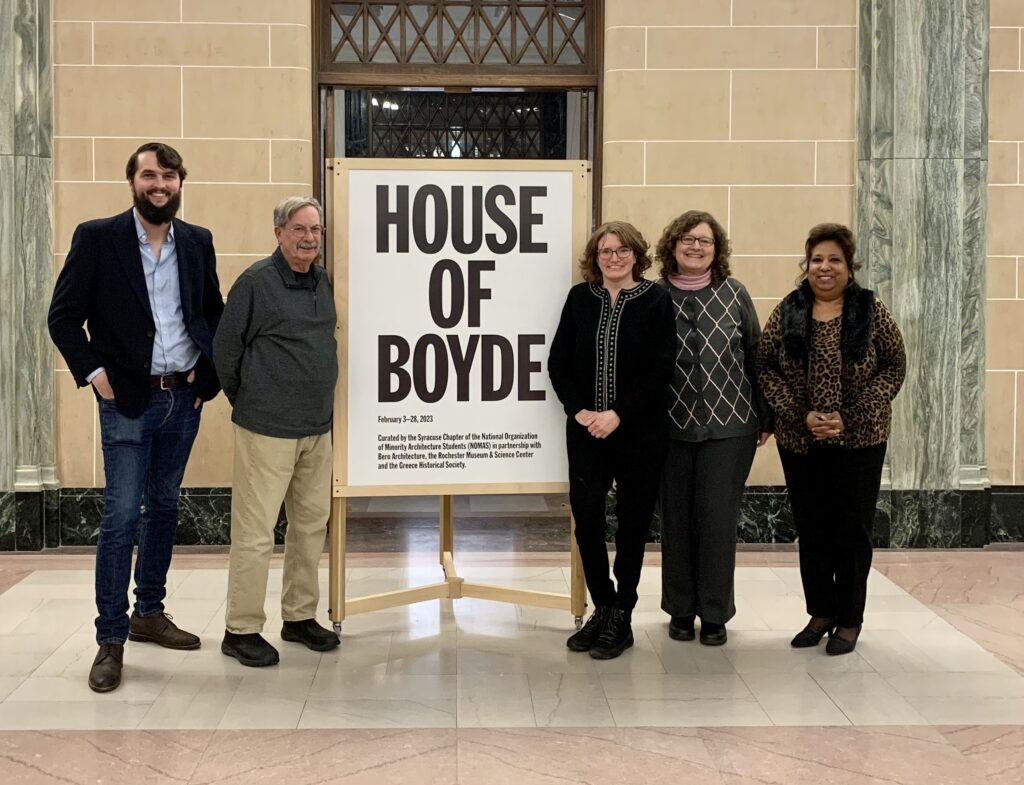
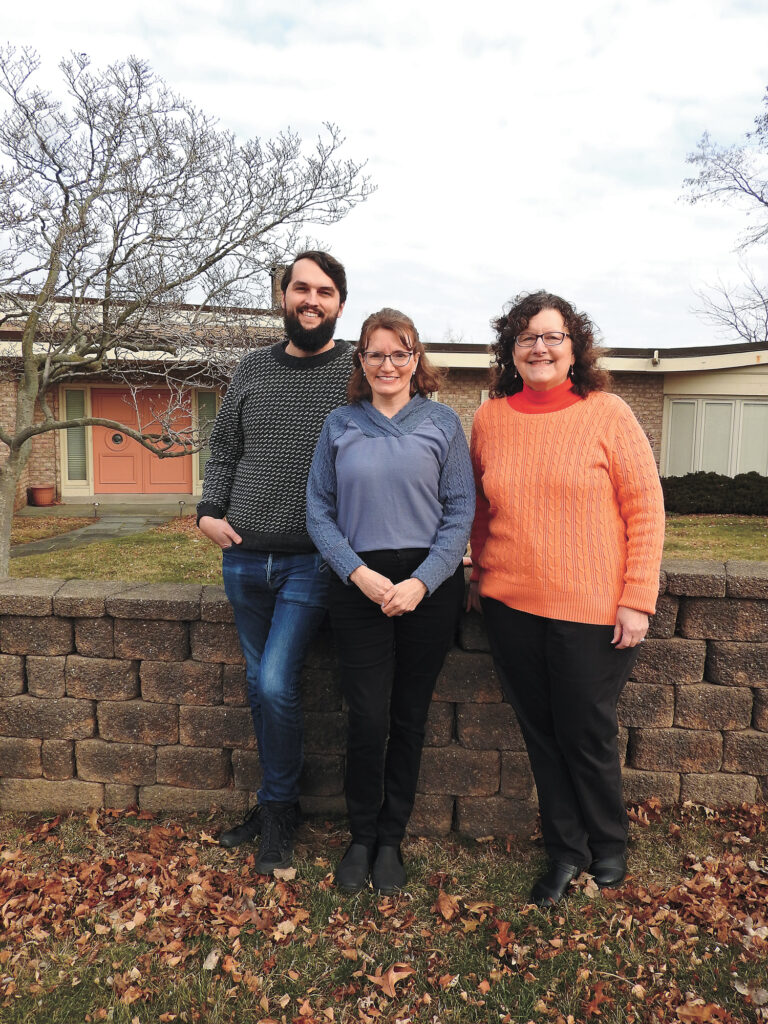
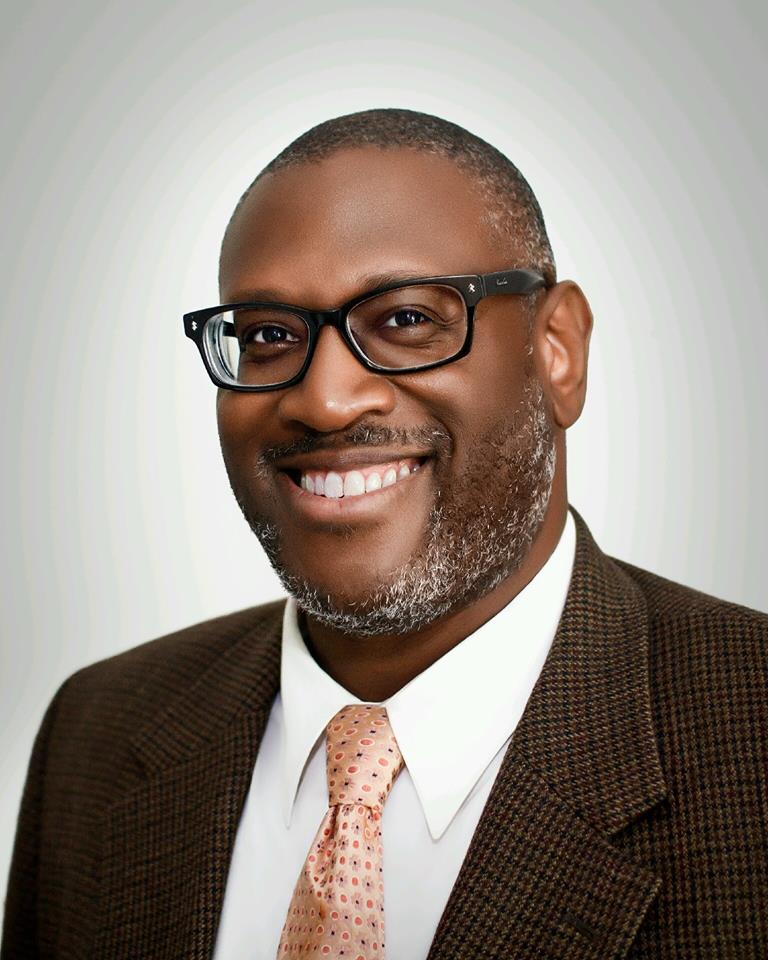
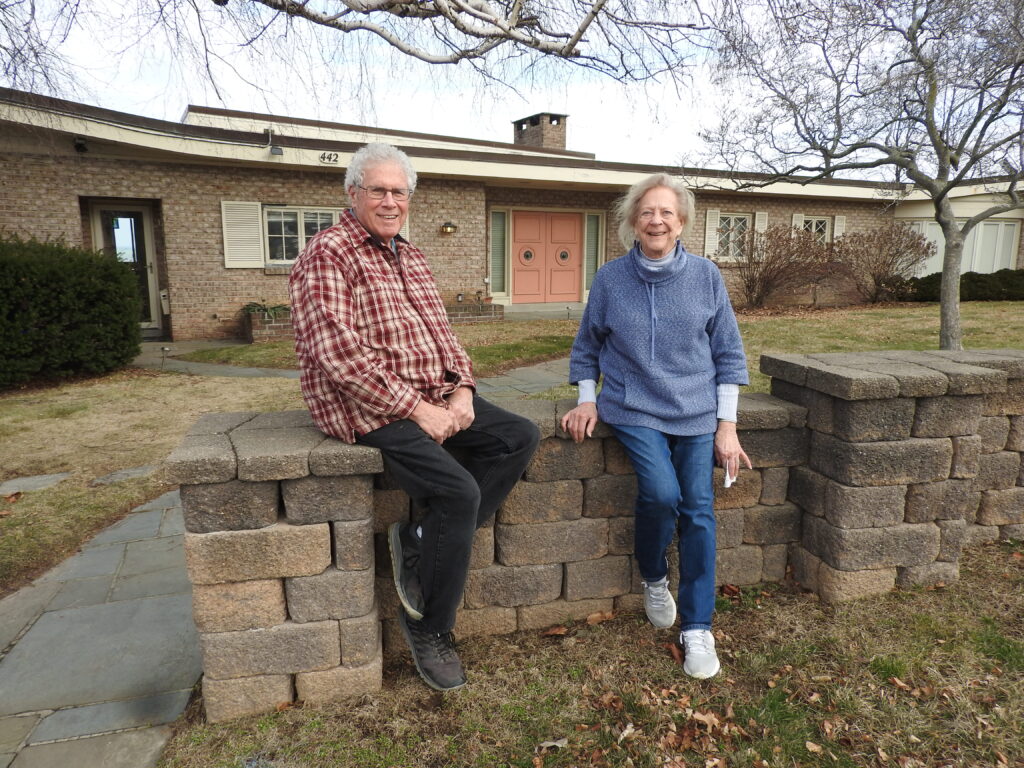
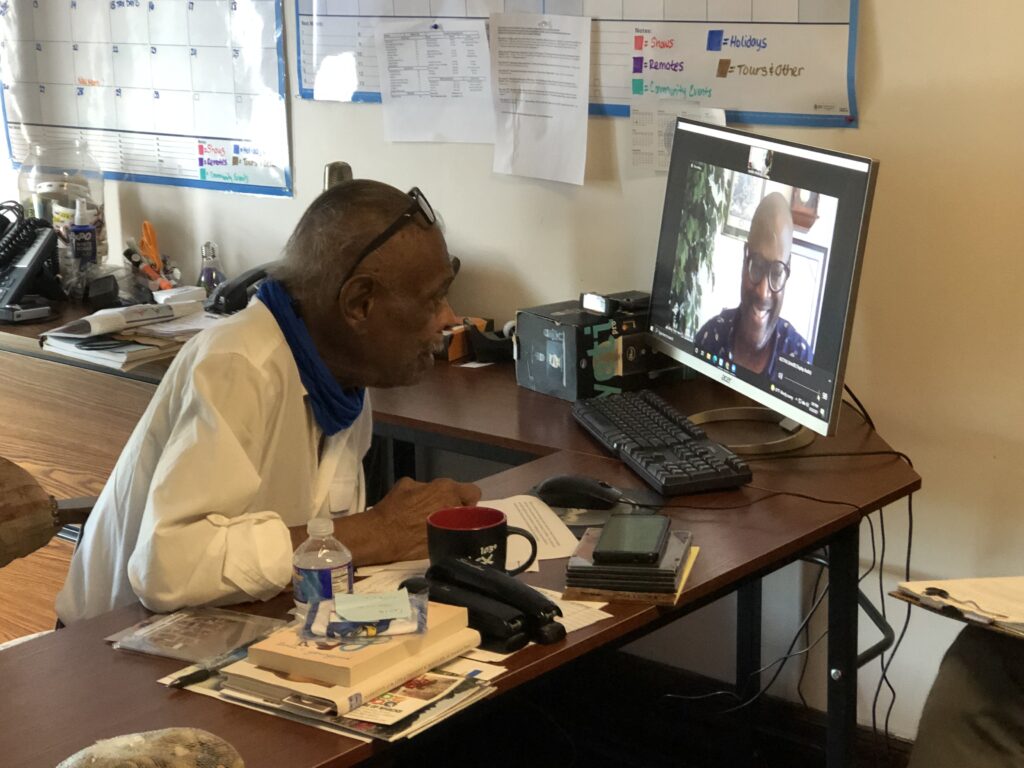
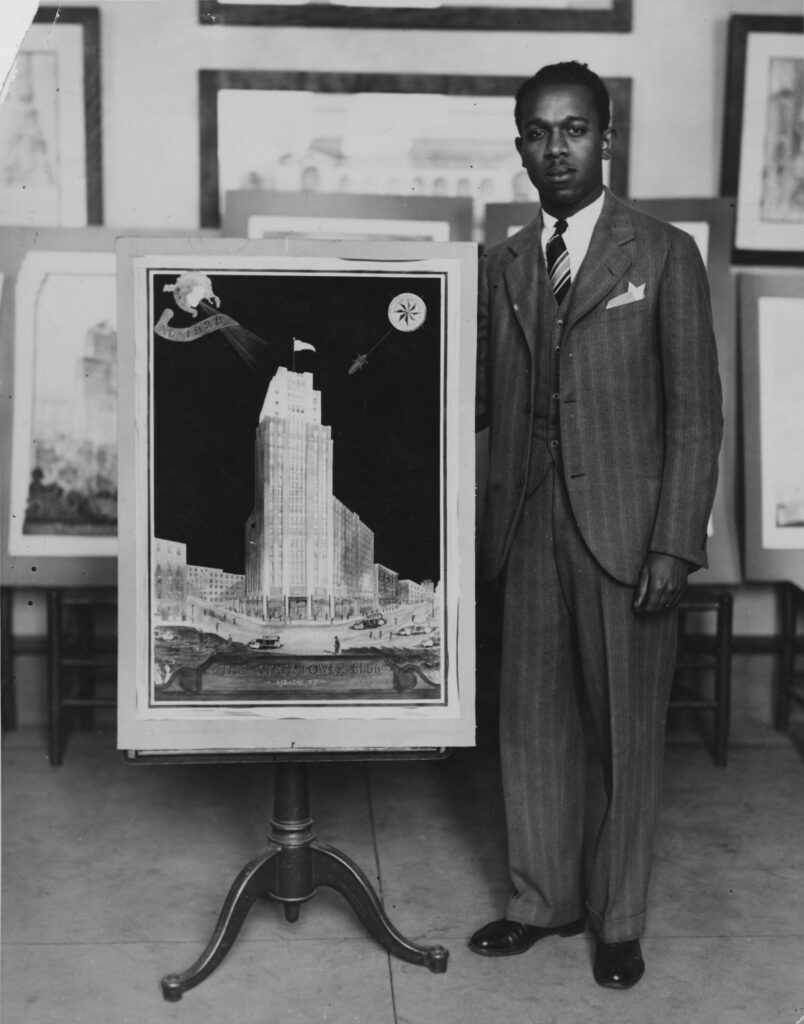
Thomas W. Boyde, Jr. designed properties in Greece
Dew-Stone Plaza
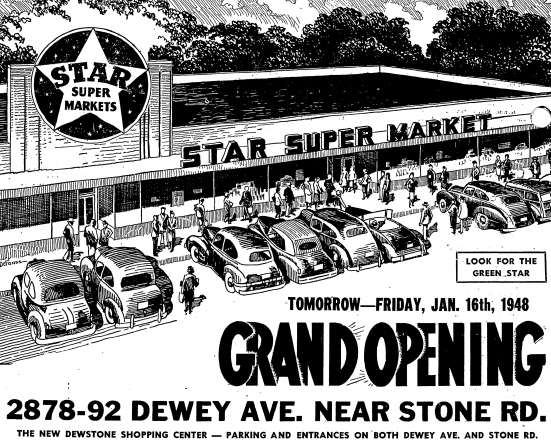
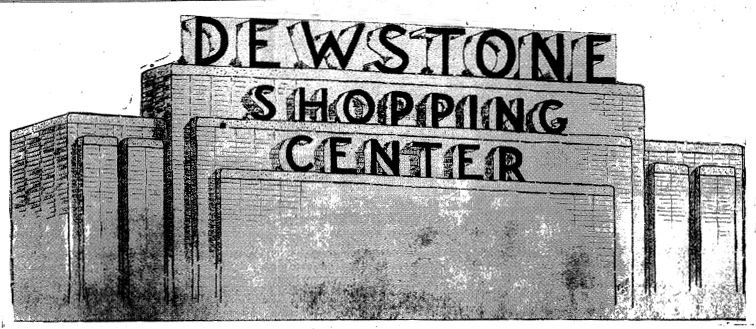
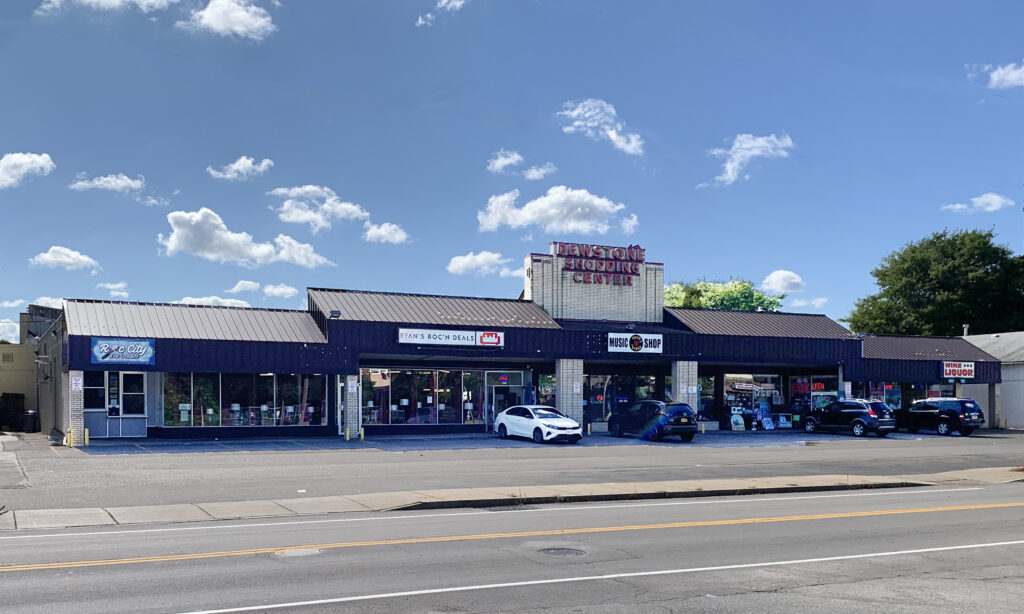

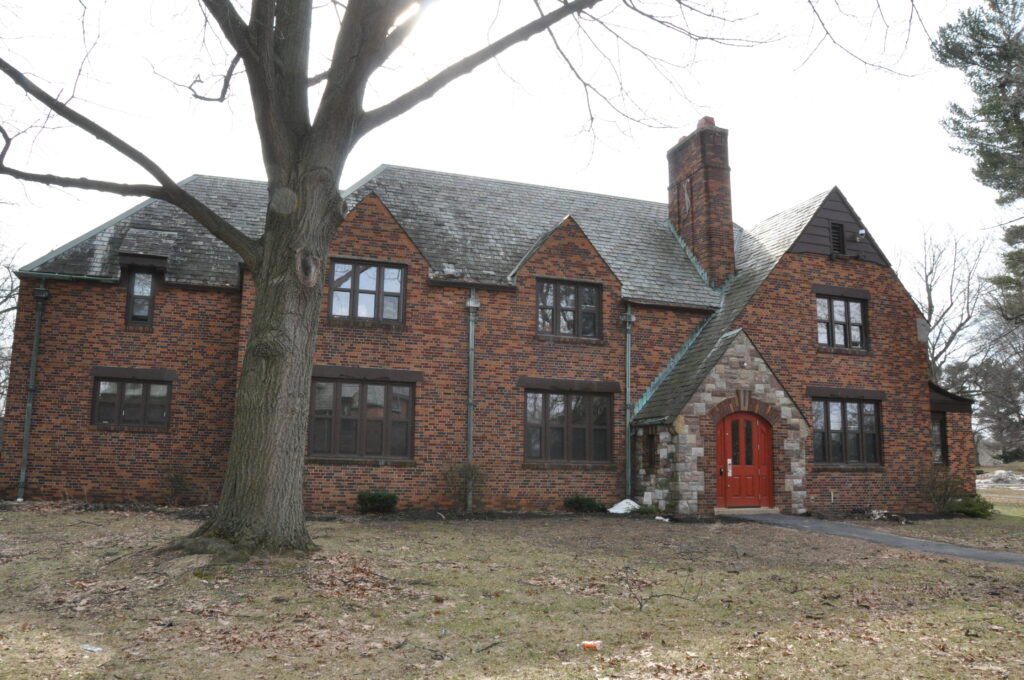
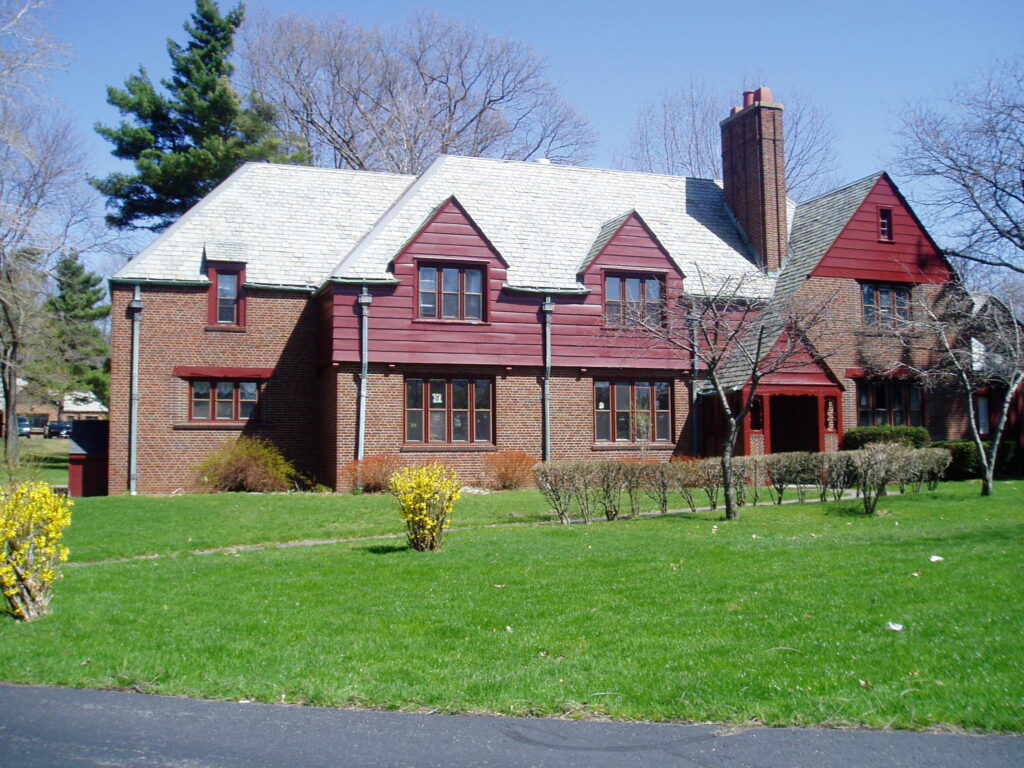
Boyde designed residential homes in Greece
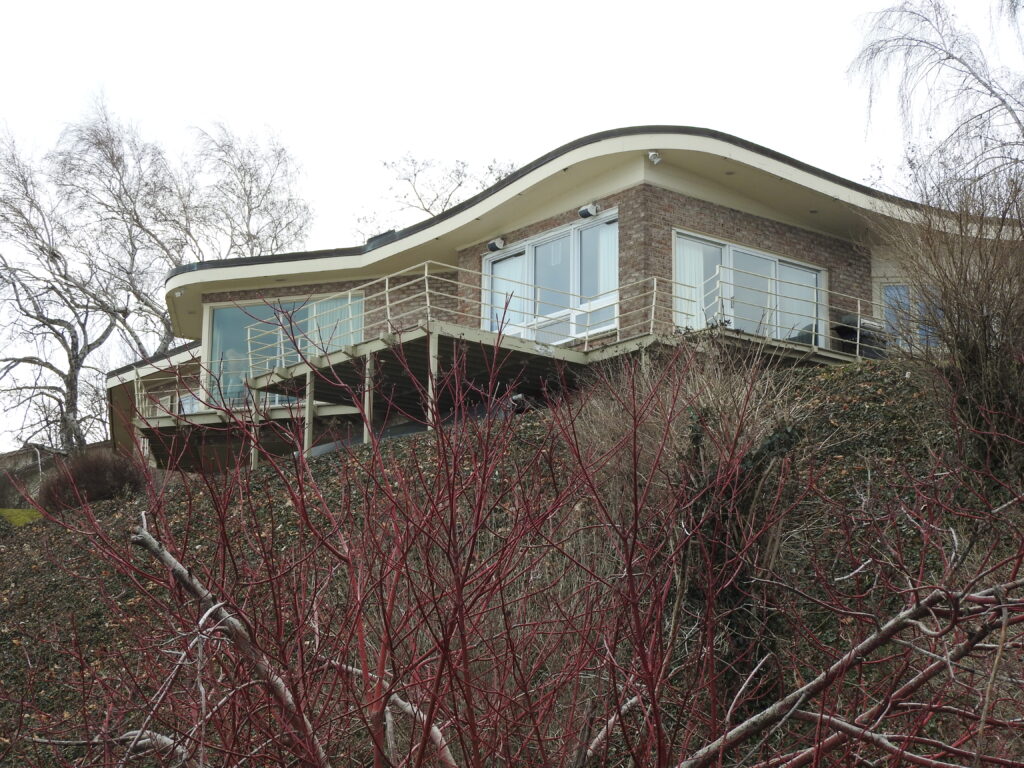
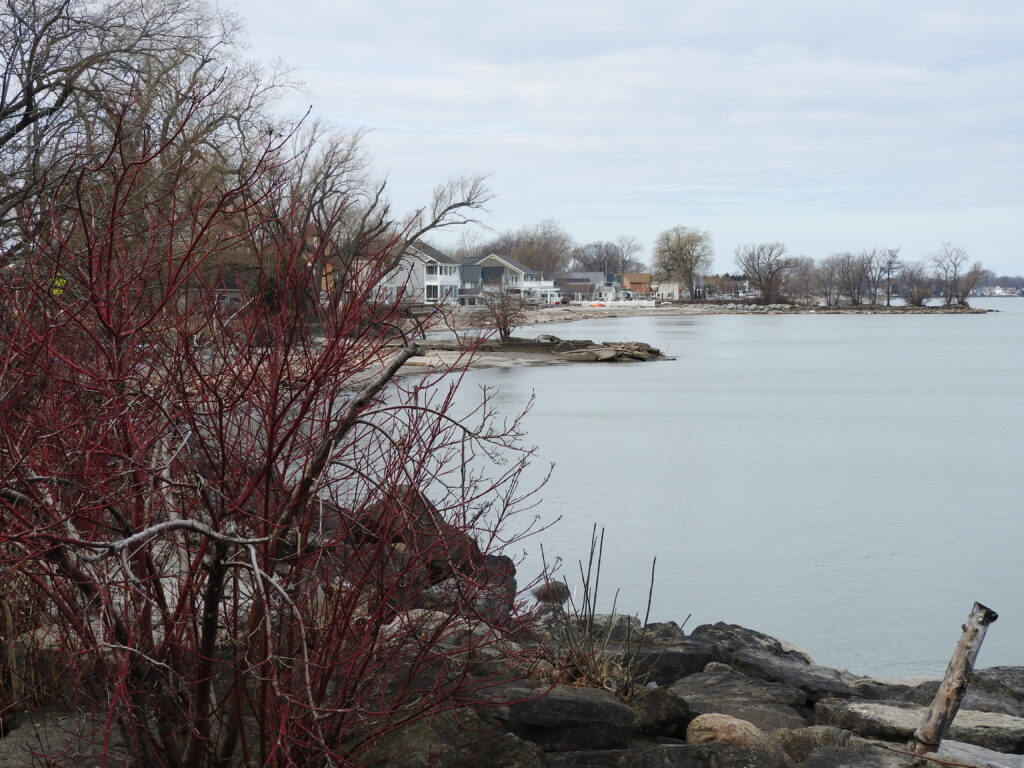
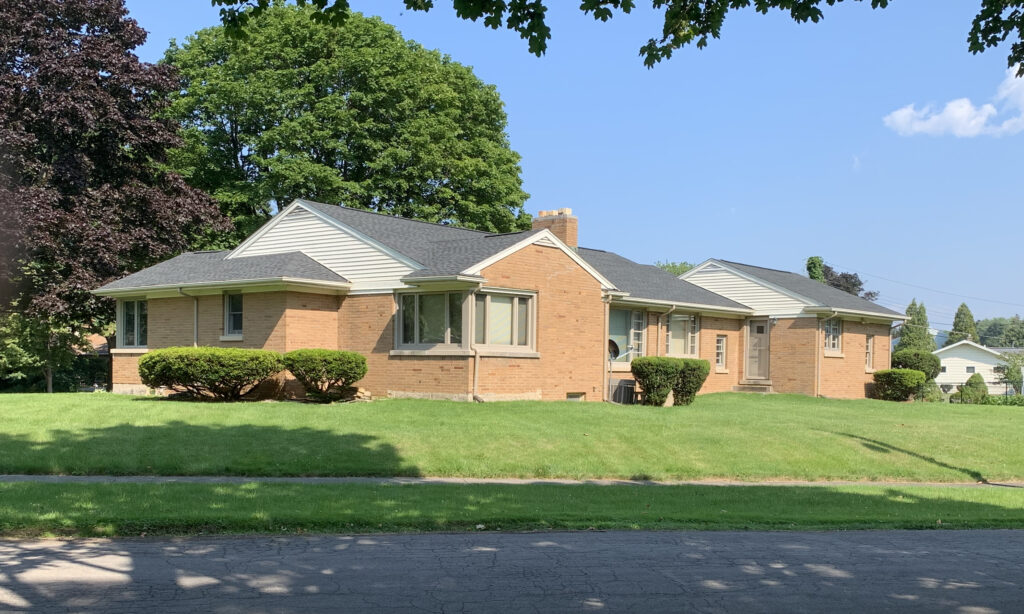
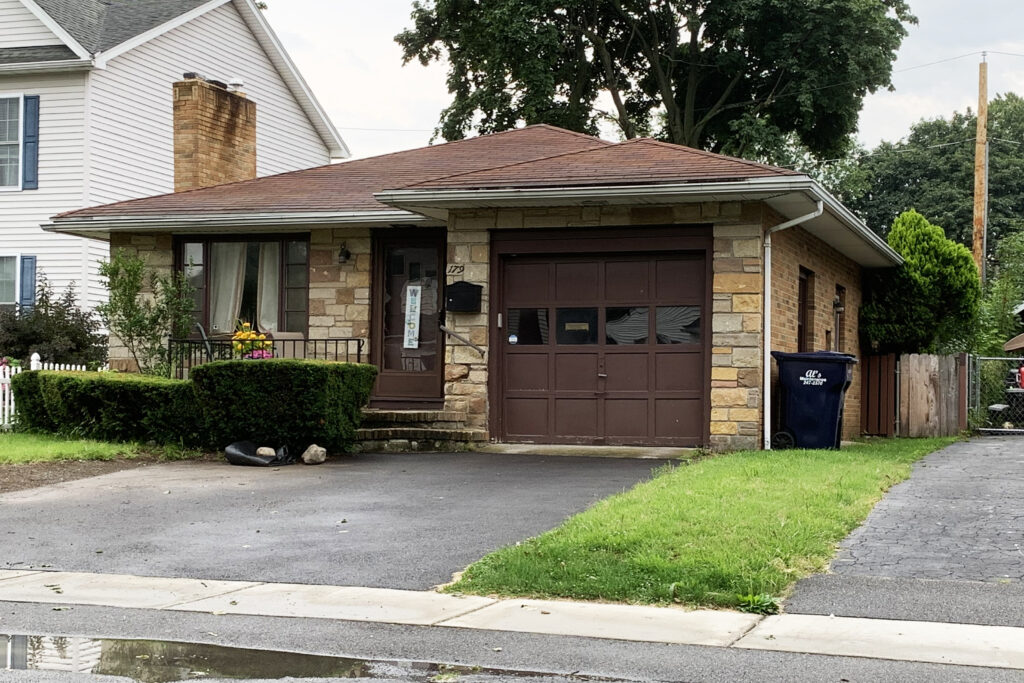
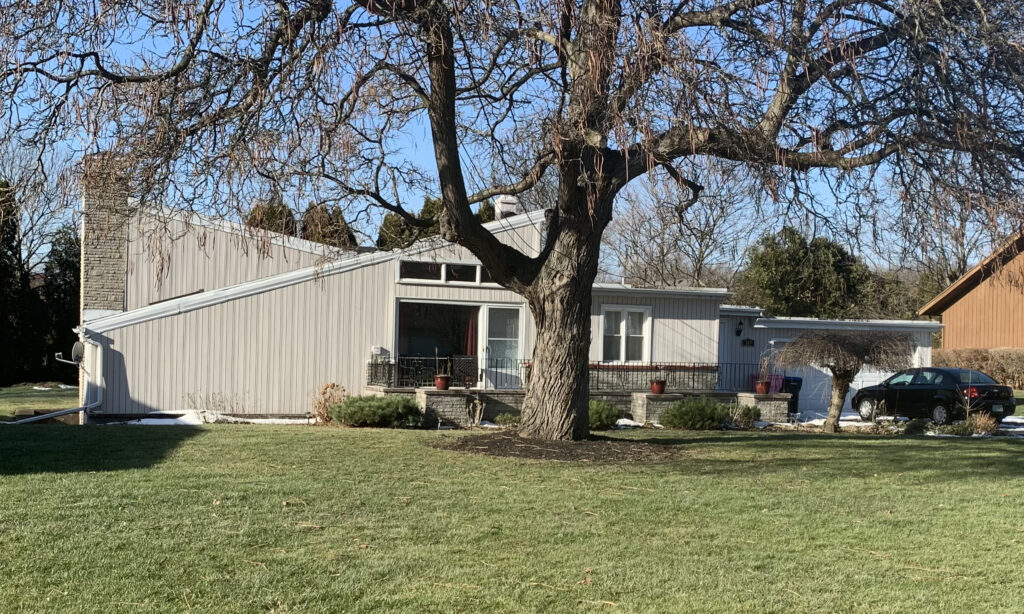
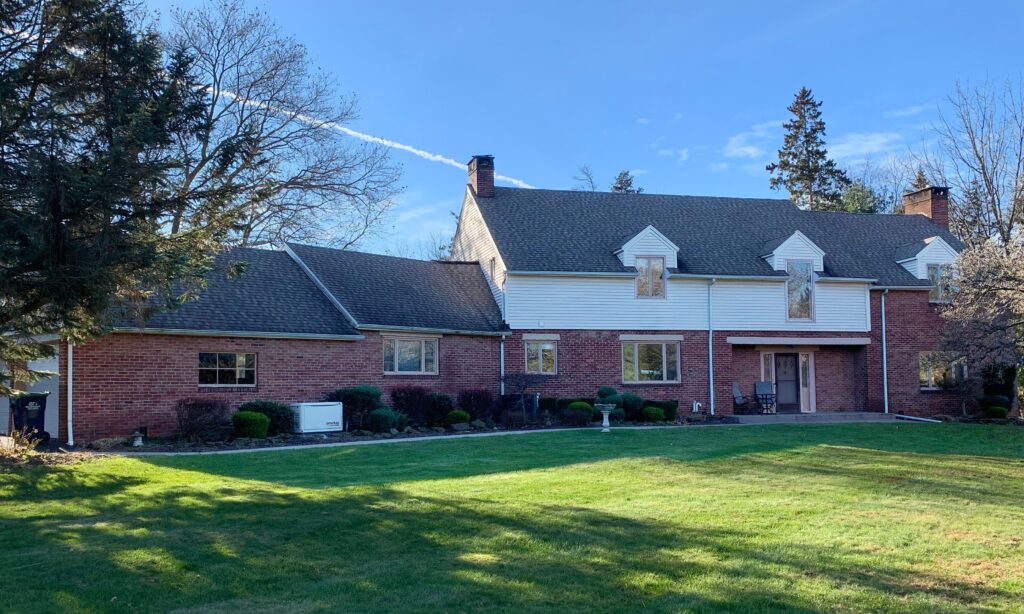
Other Westside properties designed by Boyde
